Construction Letter of Transmittal Template for Projects
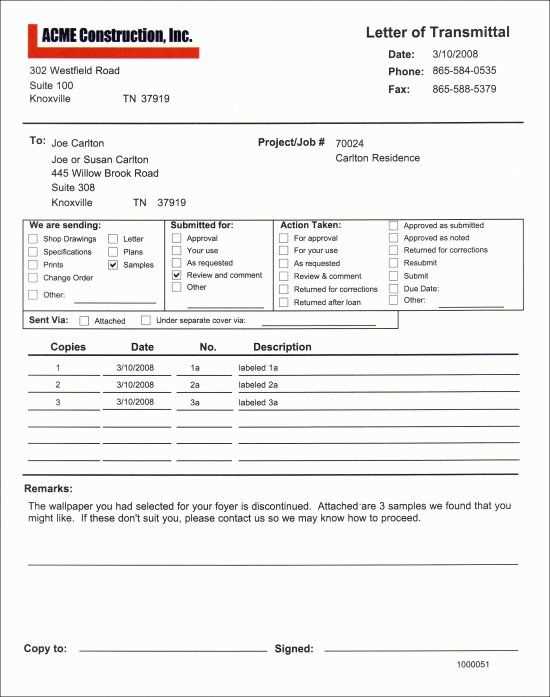
In the world of project management, clear and organized communication is vital for smooth operations. Proper documentation ensures that important details are shared between all parties involved, minimizing confusion and errors. One key aspect of this communication is the exchange of official documents, which requires careful preparation and format to ensure accuracy.
To streamline this process, many professionals rely on standardized formats that allow for efficient transmission of information. These formats are designed to be flexible, addressing the specific needs of each project while maintaining clarity and professionalism. By following these guidelines, individuals can avoid miscommunications and improve workflow throughout the project lifecycle.
Understanding the structure and purpose of such documents is essential for anyone involved in managing and overseeing various tasks. Adopting a clear approach helps ensure that each message is understood and acted upon promptly.
Understanding the Purpose of a Transmittal Letter
In project management, efficient communication is essential for ensuring that all necessary information is shared accurately and on time. Documents are often exchanged between different teams, stakeholders, or contractors to confirm the receipt and delivery of key materials or information. The purpose of these communications is to maintain transparency, establish a clear record, and ensure that all involved parties are on the same page throughout the process.
Clarifying the Exchange of Information
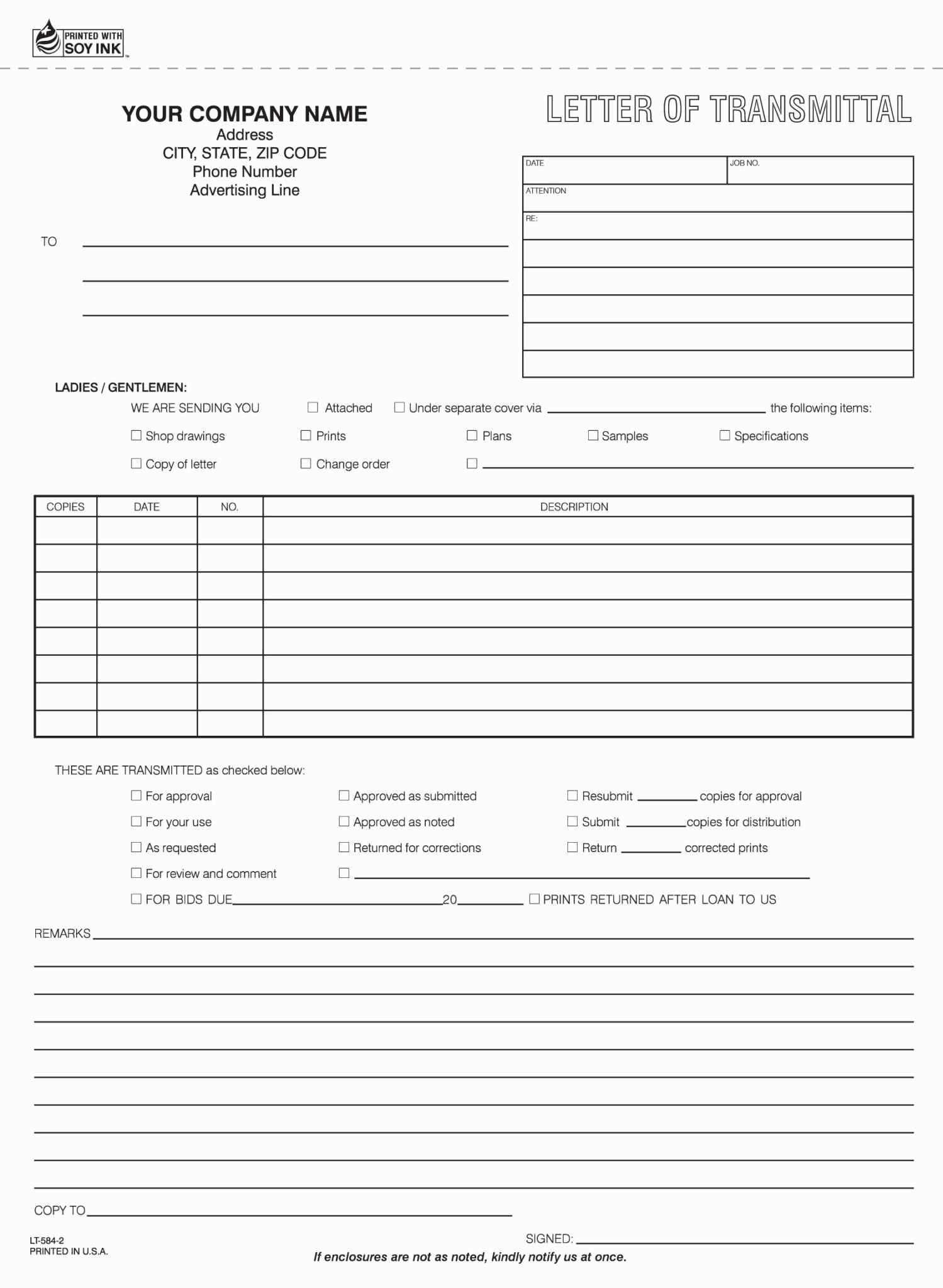
One of the main goals of such documents is to formally convey the delivery of important files or data. By including details like the sender, recipient, and a brief description of the contents, these communications help eliminate confusion and provide a trail of documentation. This ensures that nothing is missed or overlooked and that both parties are aware of what has been sent.
Ensuring Accountability and Tracking
Another significant function is accountability. When documents are formally transmitted, it becomes easier to track the flow of information and ensure that deadlines are met. With a clear record of each document sent, the project team can quickly identify any gaps or delays in the communication process, allowing for timely follow-ups and corrections if necessary.
Key Components of a Construction Letter Template
For effective communication within any project, certain elements must be consistently included in official documents to ensure clarity and professionalism. Each section plays a critical role in conveying the right message and ensuring that both parties understand the context of the exchange. The proper structure also helps ensure that the information is correctly processed and acted upon without confusion.
Essential Information for Clear Identification
One of the first and most important components is identifying the sender and recipient clearly. This section typically includes the names, addresses, and contact details of both parties involved. By doing so, it becomes easy to verify who is responsible for the communication and to whom the message is being directed, preventing errors in delivery.
Description of the Contents and Purpose
Following the identification, a detailed description of the contents of the communication is essential. This section outlines what is being sent, why it is being transmitted, and any relevant deadlines or actions required. It helps the recipient understand the context and urgency, facilitating quicker and more accurate responses.
Best Practices for Writing Transmittal Letters
When it comes to drafting formal communications for a project, following a clear and professional structure is essential. The goal is to ensure that the message is easily understood, and that all necessary details are conveyed concisely. Adopting best practices can help avoid common pitfalls and improve overall efficiency in communication.
Clarity and Precision in Language
Use clear and straightforward language to avoid any confusion. Ensure that the purpose of the communication is immediately obvious, and be specific about the content being sent. By keeping the message direct, you help the recipient focus on the key points without wading through unnecessary information.
Include Relevant Details and Instructions
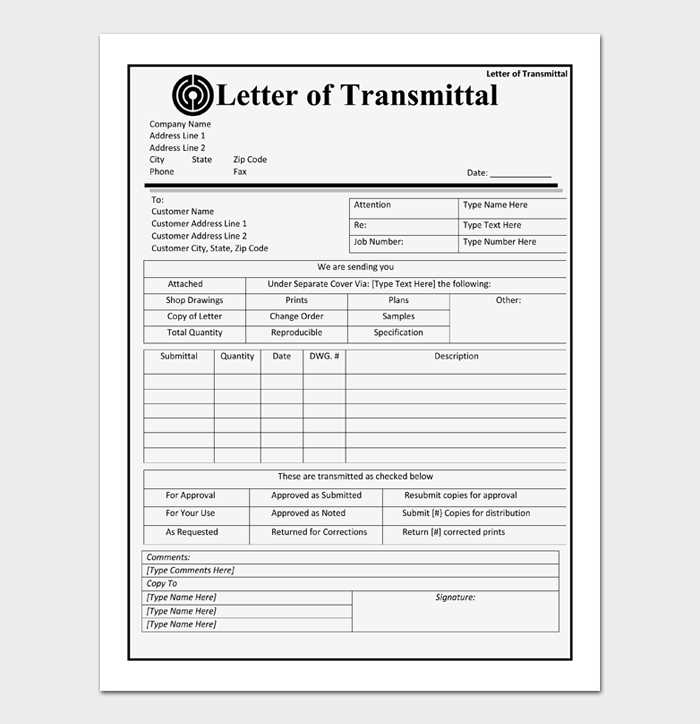
Providing context is essential, so include any necessary background information along with instructions for the recipient. Whether it’s a request for confirmation or a required follow-up, be specific about what actions are expected. A well-organized format, highlighting important deadlines or next steps, will make it easier for the recipient to respond promptly.
Common Mistakes in Letter Transmittals
While transmitting documents and official communications, several common mistakes can lead to confusion or delays in the process. These errors often stem from a lack of attention to detail or failure to follow the proper guidelines. Identifying and correcting these issues can help ensure smoother communication and prevent unnecessary setbacks in a project.
Failure to Include Key Details
One of the most frequent mistakes is not providing sufficient information to help the recipient understand the context or purpose of the transmission. This can lead to confusion and hinder efficient communication. Common omissions include:
- Lack of clear identification of the sender and recipient
- Missing description of the documents being transmitted
- Absence of action required or next steps
Inconsistent Formatting and Structure
Another common issue is poor formatting. A lack of consistency can make a document difficult to read and follow. This may result in critical information being overlooked or misunderstood. To avoid this, always ensure:
- Information is presented in a logical order
- Key points are highlighted for easy reference
- The format follows a standardized approach
How to Customize Your Template for Projects
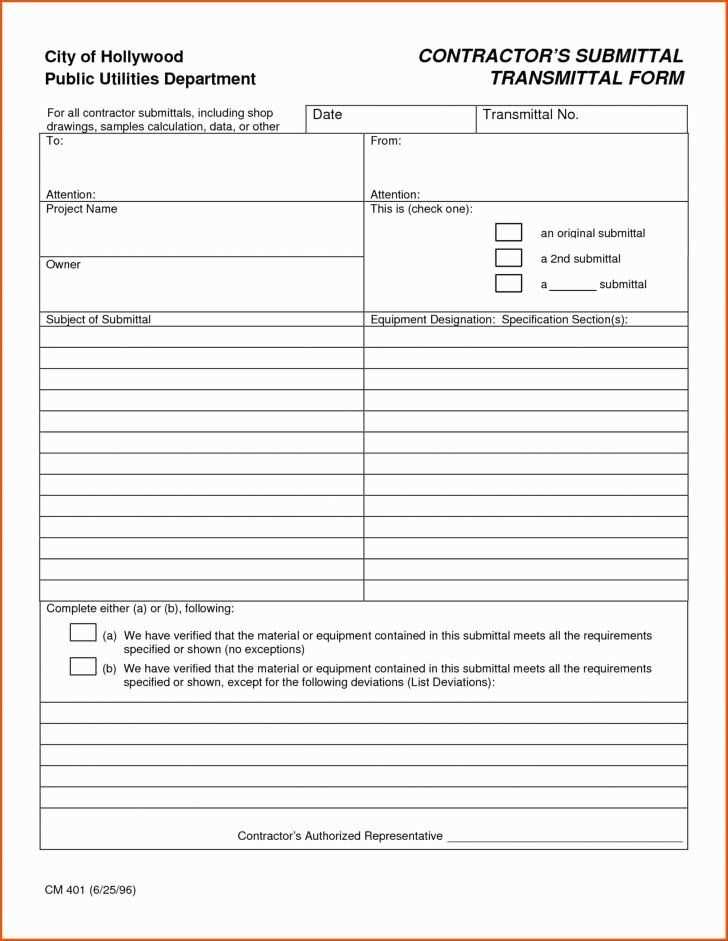
Customizing a communication format for specific projects is essential for ensuring it meets the unique needs and requirements of each task. By adapting the standard structure to fit the context, you can provide clarity, streamline the process, and improve overall communication. This customization allows for greater flexibility while maintaining consistency across documents.
Adjusting for Project Type and Scope
Different projects have varying levels of complexity and scope, so tailoring your communication format is necessary. For instance, larger projects may require more detailed descriptions and additional sections for legal or technical information, while smaller tasks may only need brief and concise messages. Below is a table showing examples of customization for different project types:
| Project Type | Required Details | Customization Needs |
|---|---|---|
| Small-Scale Tasks | Brief description of materials or actions | Shorter communication, minimal sections |
| Large Projects | Detailed scope, deadlines, compliance notes | Multiple sections, more detailed instructions |
| Legal or Regulatory Projects | Legal terms, contracts, compliance documents | Inclusion of specific legal sections and disclaimers |
Ensuring Alignment with Stakeholders
Another critical aspect of customization is aligning the communication format with the preferences and requirements of stakeholders. By adjusting the tone, structure, and content based on the audience, you can enhance understanding and avoid unnecessary back-and-forth. Always consider the level of detail required by the recipient and adjust the language and format accordingly.
Legal Considerations When Using Transmittal Letters
When engaging in formal communications for a project, it’s essential to be aware of the legal implications of document exchanges. Properly drafted messages can ensure that both parties adhere to their obligations and prevent future disputes. Legal considerations help ensure the integrity and validity of the communication, providing a clear record of agreements and actions taken.
Ensuring Compliance with Contractual Obligations
One key aspect of legal communication is ensuring that all documents meet the requirements set forth in contracts or agreements. Failure to include necessary details or send materials within specified timelines can lead to legal complications. Make sure that each message aligns with the terms and deadlines outlined in the contract, as this can be vital if disputes arise later on.
Maintaining Records for Legal Protection
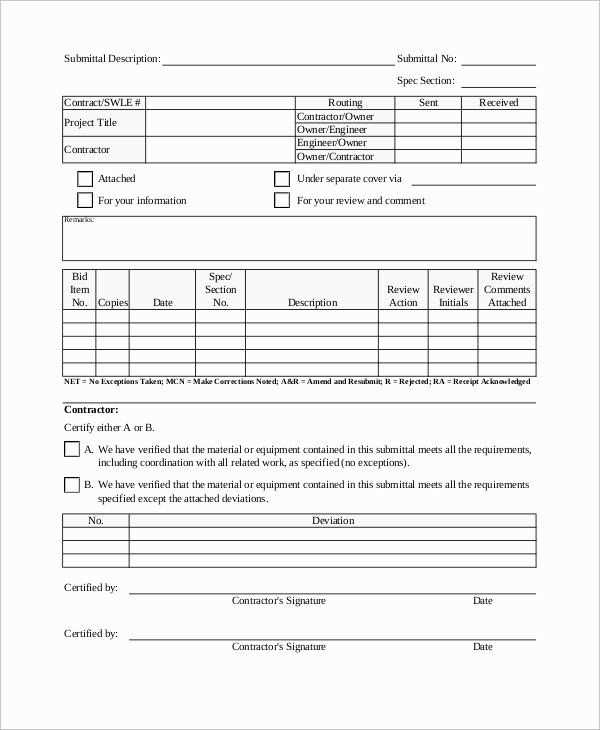
Another important legal consideration is the need to maintain a complete and accurate record of all communications. These documents can serve as proof of intent, agreements, or actions taken, should any legal issues arise. Always retain copies of the transmitted information and verify that the message has been received, especially when dealing with sensitive or legally binding materials.